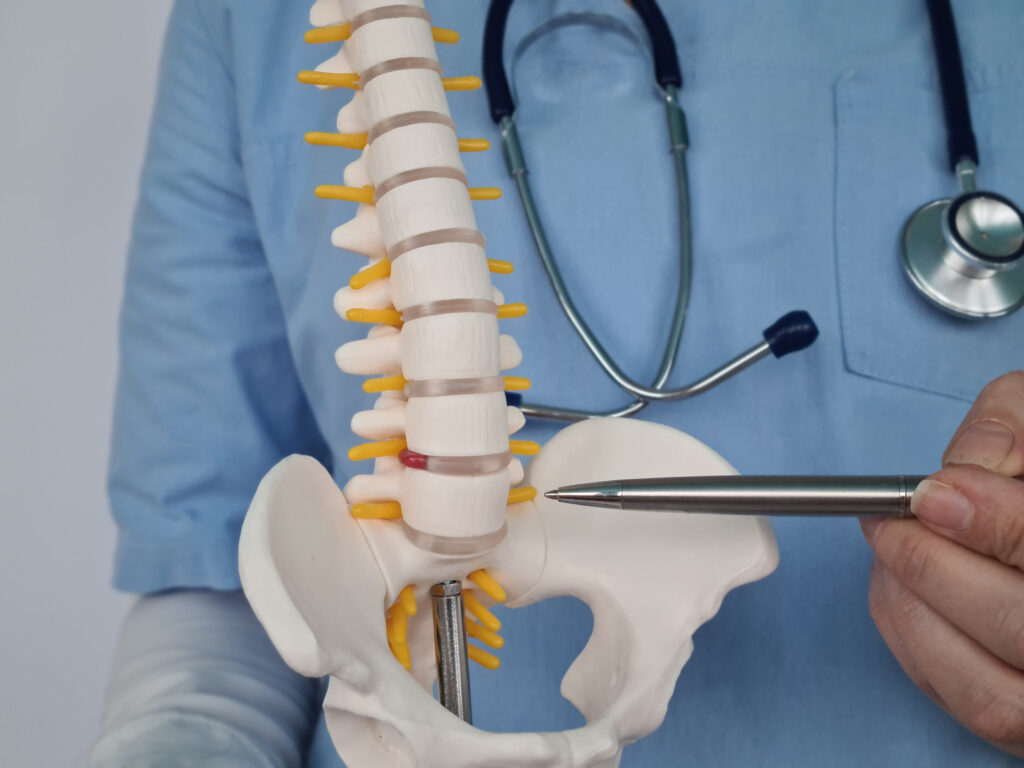Intervertebral disc (IVD) function is a fascinating area of research, particularly due to the complex interplay between its two distinct component regions: the nucleus pulposus (NP) and the annulus fibrosus (AF). The NP is characterized by its soft, gelatinous nature, with a low stiffness of approximately 0.3-5 kPa, and is filled with spherical NP cells embedded in a rich polysaccharide extracellular matrix (ECM). In contrast, the AF is significantly stiffer, approximately 100 kPa, and is composed of elongated AF cells arranged in organized, fibrous layers.
Aging is a major risk factor for the degeneration of the IVD, a condition that can lead to chronic pain and, in some cases, permanent disability. This degeneration poses a significant challenge for both patients and healthcare providers, as effective therapeutic solutions are hindered by the absence of suitable in vitro models that accurately replicate the structure and biology of native disc tissue.
In a recent study, researchers explored an innovative approach to address this challenge by utilizing a newly developed suspended hydrogel bioprinting system, known as SLAM, to create IVD analogues. The goal was to fabricate constructs that integrate structural and compositional features reminiscent of native IVD tissue.
The results of this study were promising. The bioprinted IVD analogues successfully recapitulated key structural components of the native tissue. They featured a central, polysaccharide-rich NP surrounded by organized, aligned collagen fibers in the AF. Advanced techniques such as cell tracking, actin, and matrix staining demonstrated that the embedded NP and AF cells displayed morphologies and phenotypes similar to those observed in vivo, with elongated, aligned AF cells and spherical NP cells capable of depositing hyaluronic acid into their surrounding environment.
A critical observation from the study was the presence of a well-defined cellular and material interface between the NP and AF regions, along with segregated zones for the two distinct cell types. This structural mimicry is essential, as it reflects the highly regulated organization found in the natural IVD.
The authors of this significant study include S R Moxon, Z McMurran, M J Kibble, M Domingos, J E Gough, and S M Richardson, all affiliated with the University of Manchester and the Henry Royce Institute. Their collaborative work paves the way for future research and development of effective treatments for IVD degeneration, potentially transforming the landscape of therapeutic options for individuals suffering from related conditions.
As we continue to explore the capabilities of bioprinting and tissue engineering, the creation of functional IVD analogues could ultimately lead to breakthroughs in regenerative medicine, providing hope for those affected by disc degeneration and its associated challenges.


